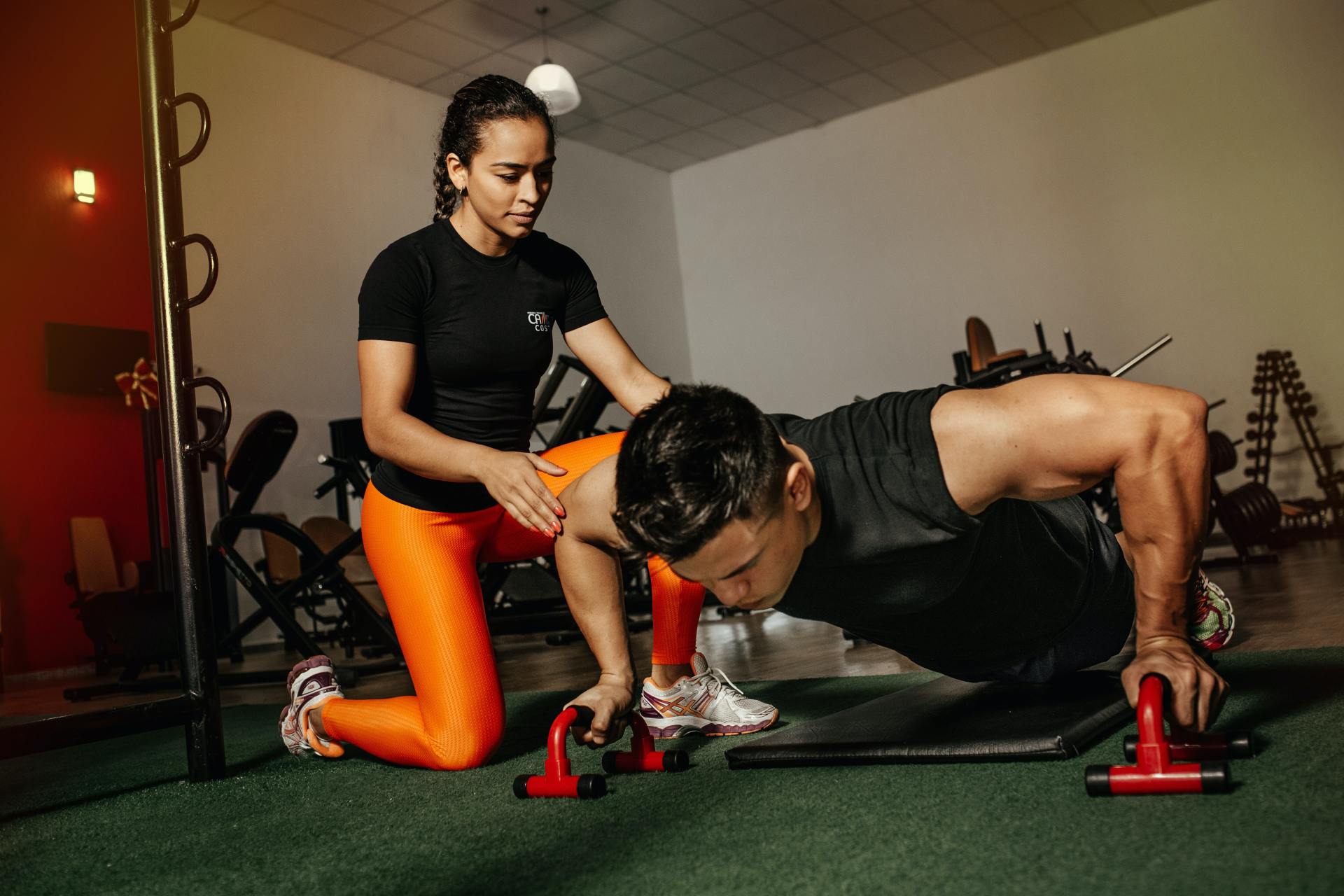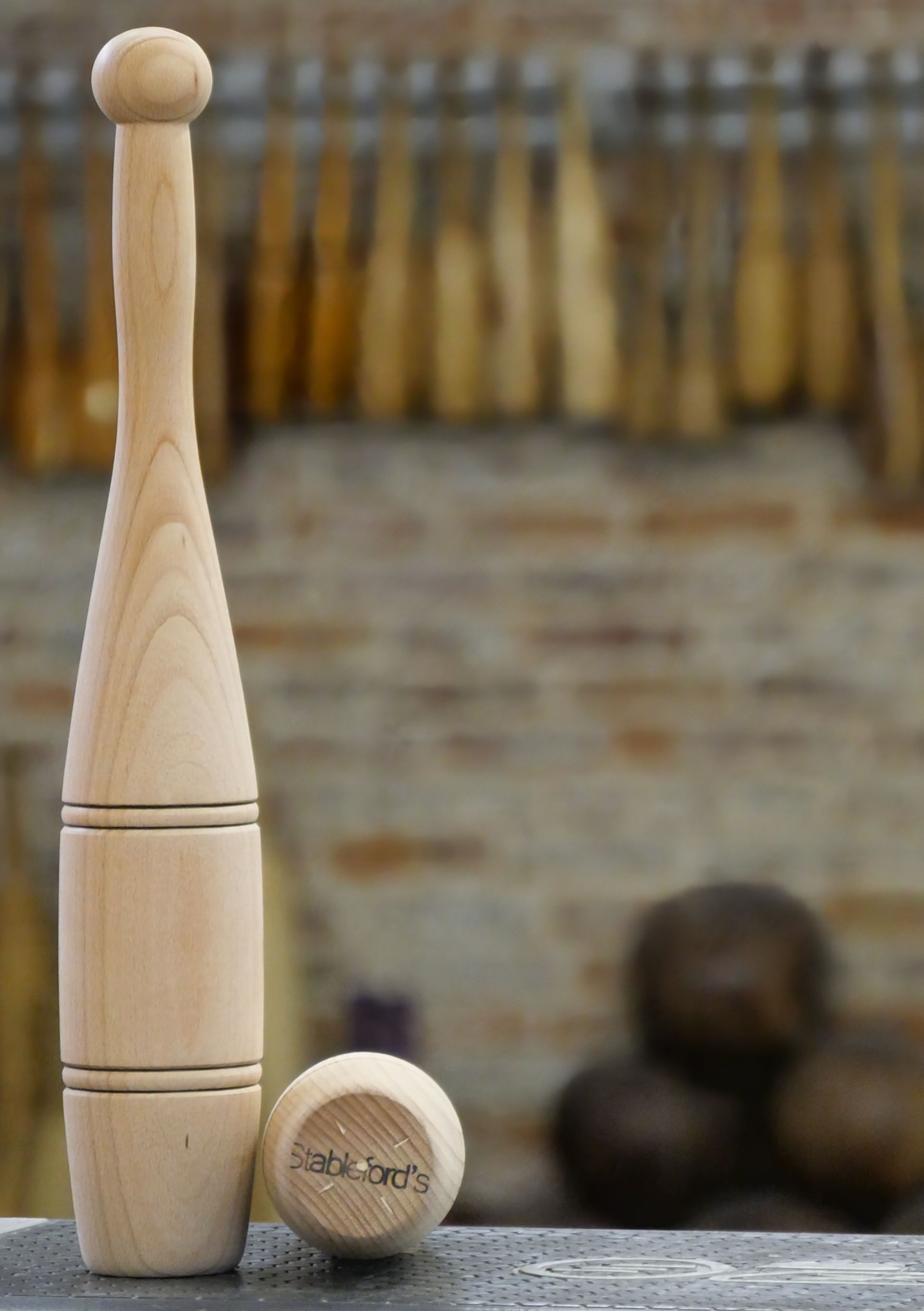Formal Training vs Informal Training; choosing the Right Path for You
Formal vs Informal Training.

Regular exercise is essential for maintaining a healthy lifestyle, improving physical fitness, and preventing various health conditions. When it comes to exercise, there are two main approaches: formal exercise and informal exercise. Each approach has its unique characteristics and benefits.
In this blog post, we will explore the differences between formal exercise and informal exercise, helping you choose the right path to achieve your fitness goals.
Formal Exercise: Structured Workouts and Programs
Formal exercise refers to structured workouts and programs that follow a specific plan, often designed by fitness professionals or trainers. These exercises are performed with a clear goal in mind, targeting different aspects of fitness, such as strength, cardiovascular endurance, flexibility, and balance. Here are some key characteristics of formal exercise:
1. Planned and Structured: Formal exercise involves following a predetermined workout plan, which may include specific exercises, sets, repetitions, and rest periods.
2. Professional Guidance: Trained fitness professionals or instructors often lead formal exercise sessions, providing expert guidance, monitoring progress, and ensuring proper technique and safety.
3. Variety and Progression: Formal exercise programs are designed to provide variety and progressive overload, allowing individuals to challenge themselves and continuously improve their fitness levels.
4. Goal-Oriented: Formal exercise is often focused on achieving specific fitness goals, such as weight loss, muscle gain, improved cardiovascular fitness, or increased flexibility.
Examples of formal exercise include attending fitness classes (such as yoga, Pilates, or spin classes), working out with a personal trainer, following structured workout programs or joining organised sports teams. These activities offer a structured approach to exercise, providing clear guidance and accountability.
Informal exercise training refers to a more relaxed and flexible approach to physical activity that doesn't necessarily follow a structured program or formal guidelines. It's a way to incorporate exercise into your daily routine without the constraints of a strict regimen.
Here are some ideas for informal exercise training:
1. Walking: Walking is a simple and effective way to get moving. You can take a walk around your neighborhood, walk to run errands instead of driving, or take the stairs instead of the elevator.
2. Dancing: Turn up the music and dance! Dancing is not only fun but also a great way to improve your cardiovascular fitness and coordination. You can dance at home, join a dance class, or even go out for a night of dancing with friends.
3. Outdoor activities: Engage in outdoor activities that you enjoy, such as hiking, biking, swimming, or playing sports like soccer or basketball. These activities provide both physical exercise and a chance to enjoy nature or socialize with others.
4. Household chores: Believe it or not, everyday chores can be a form of exercise. Activities like vacuuming, mopping, gardening, or washing the car involve physical movement and can help burn calories.
5. Bodyweight exercises: Perform bodyweight exercises at home, such as push-ups, squats, lunges, and planks. These exercises utilize your own body weight as resistance and can be done without any special equipment.
6. Active breaks: Instead of sitting for long periods, incorporate short bursts of activity throughout the day. Stand up, stretch, do some jumping jacks, or take a quick walk around your office or home.
7. Play with children or pets: Playing with kids or pets can be a fun way to stay active. Join them in their games, chase them around, or play fetch. It's a great way to bond and get some exercise at the same time.
Remember, the key is to find activities you enjoy and make them a regular part of your routine. Even small bouts of informal exercise can add up and contribute to your overall fitness and well-being. Listen to your body, start at your own pace, and gradually increase the intensity or duration of your activities as you feel comfortable.





